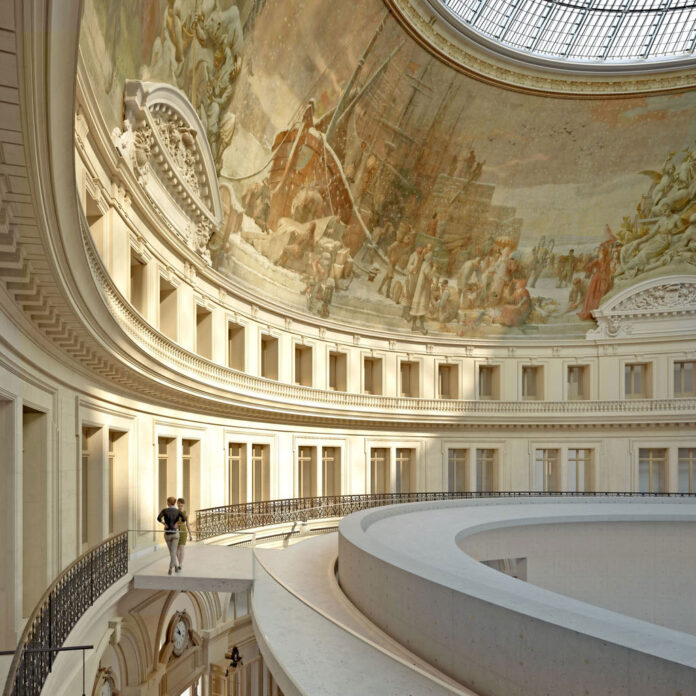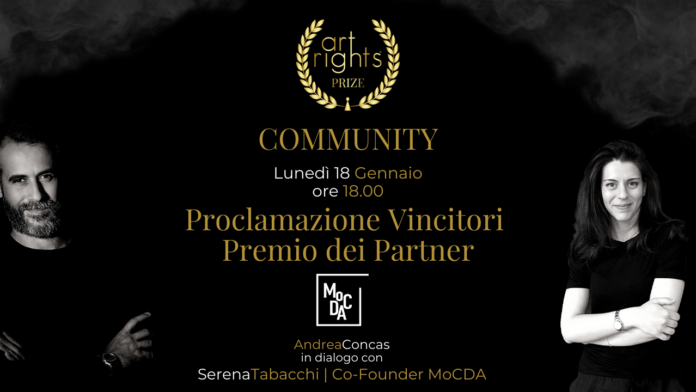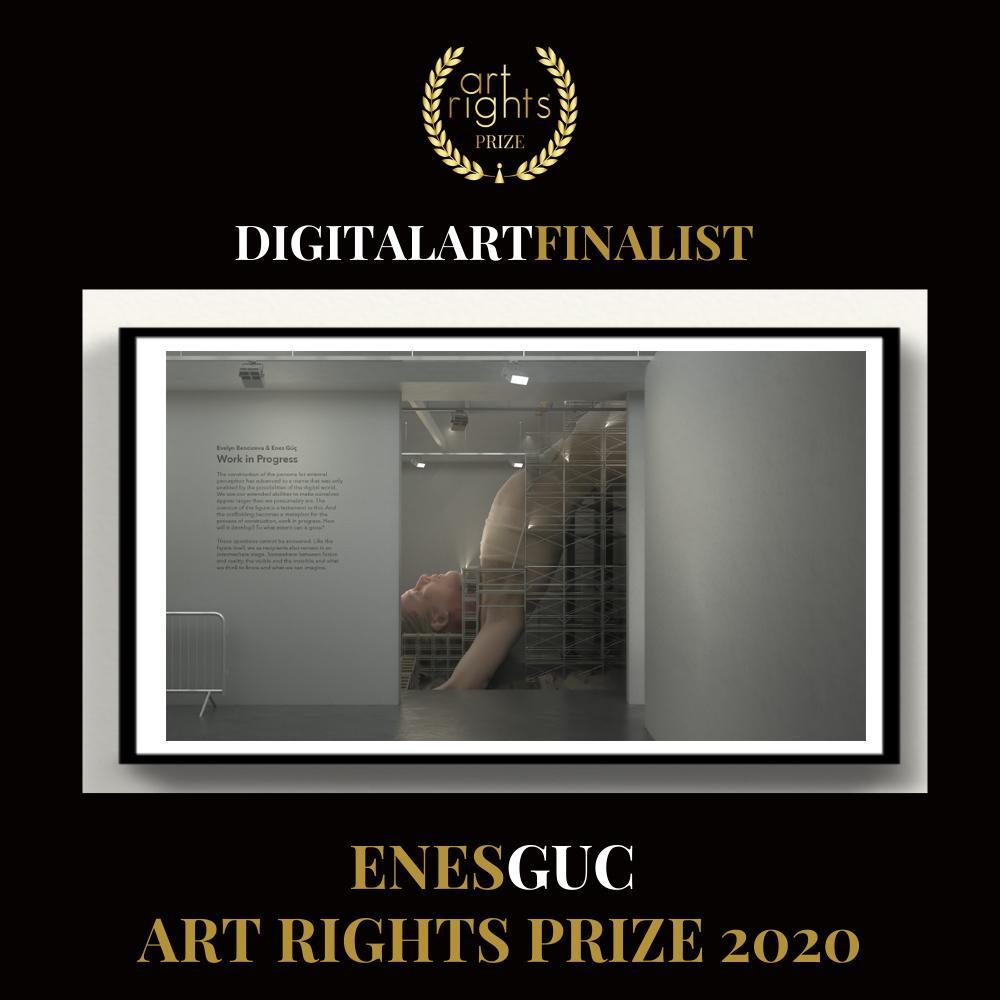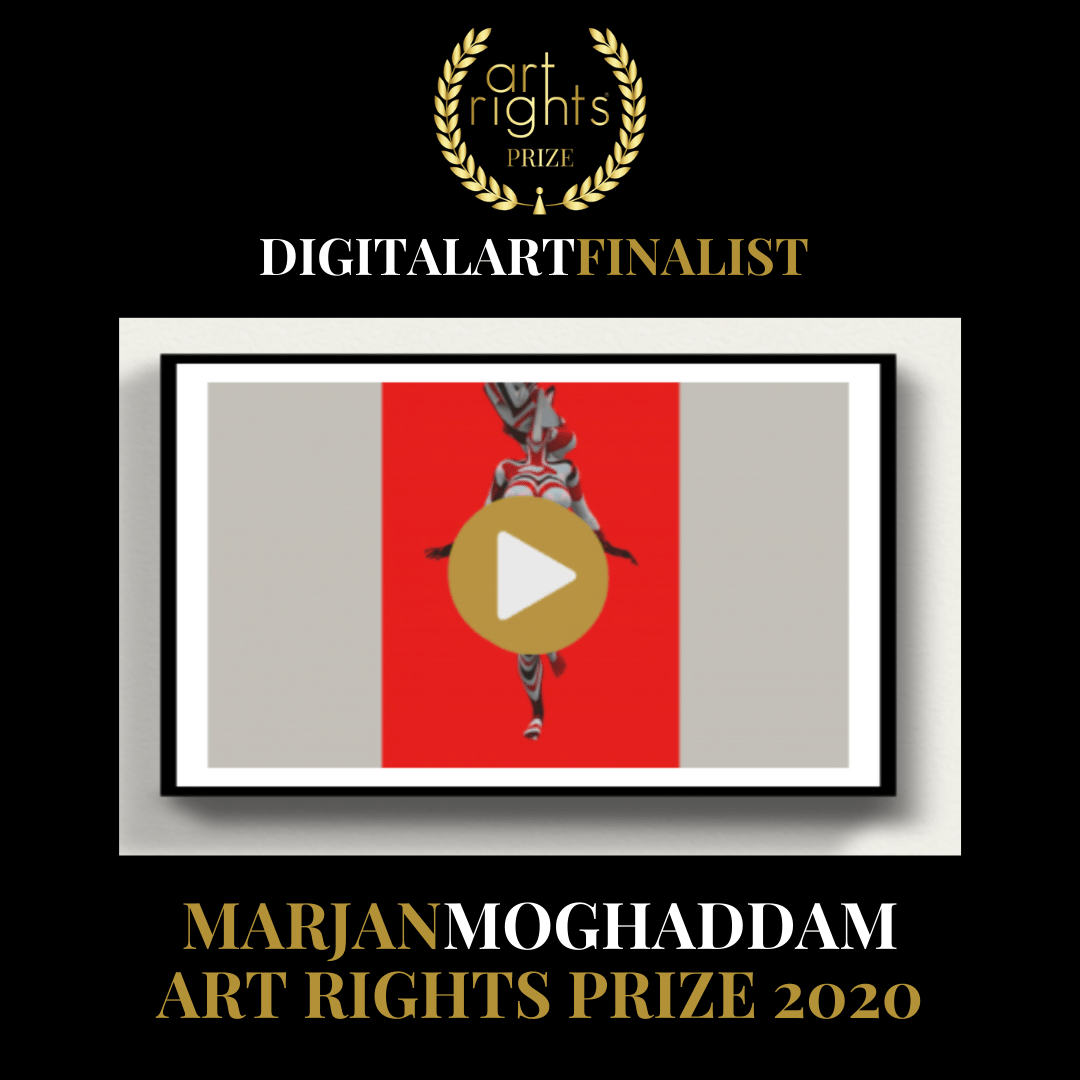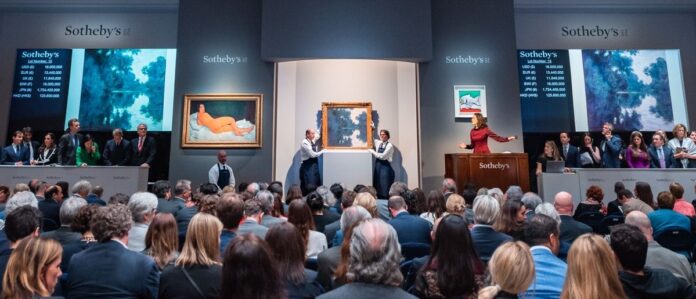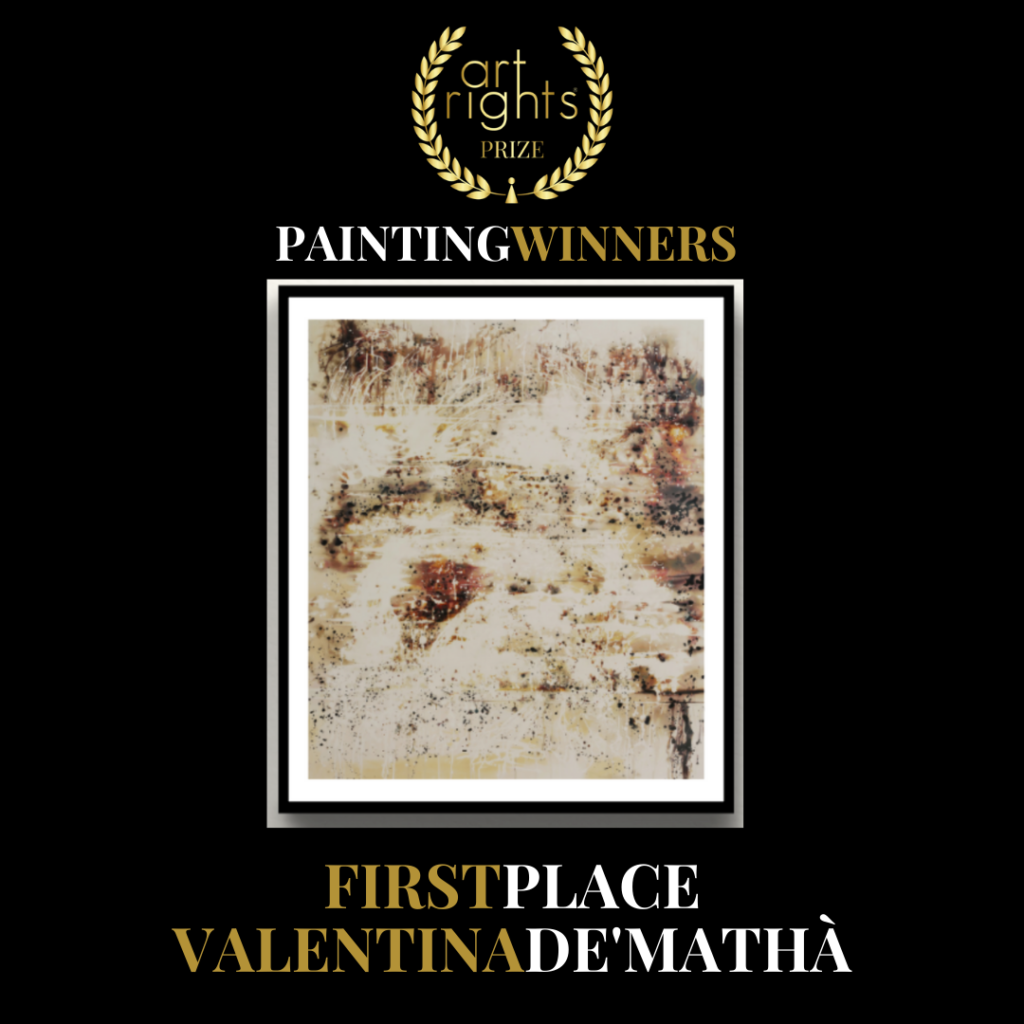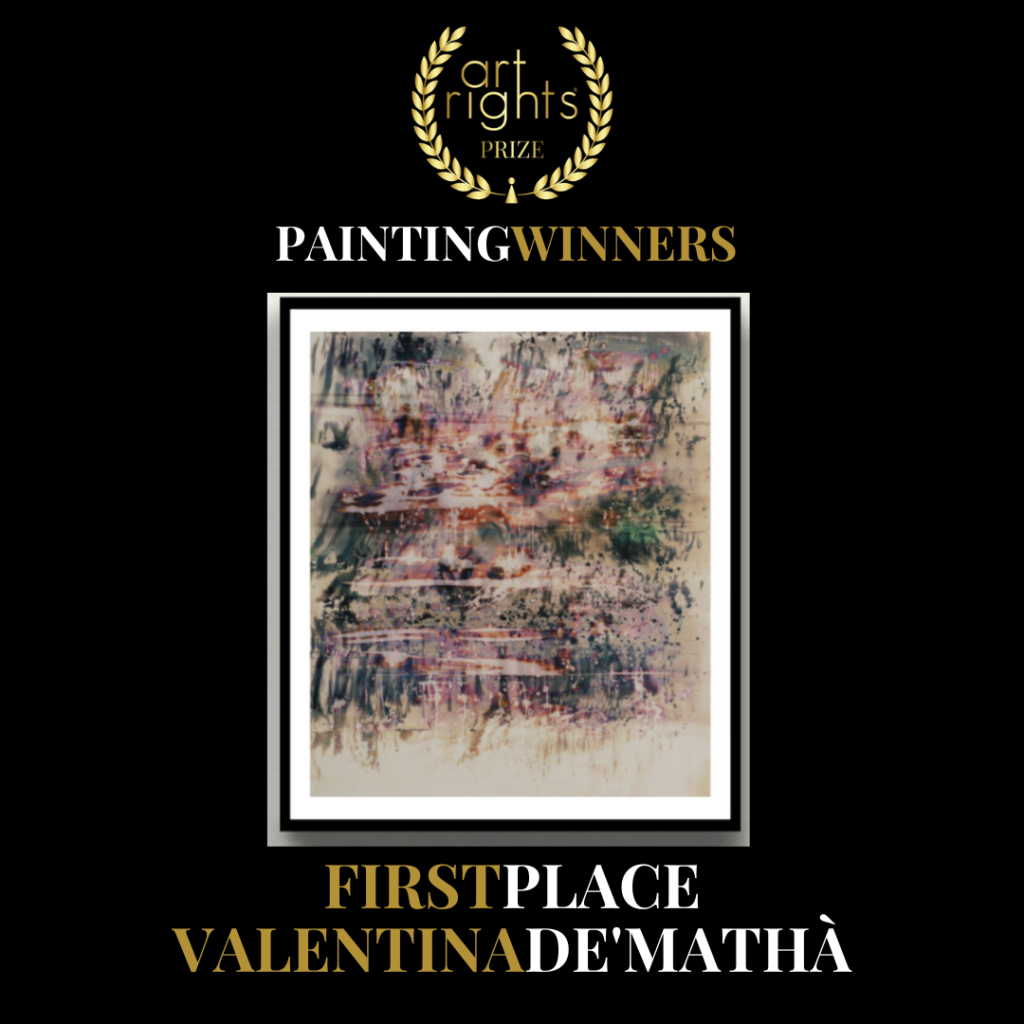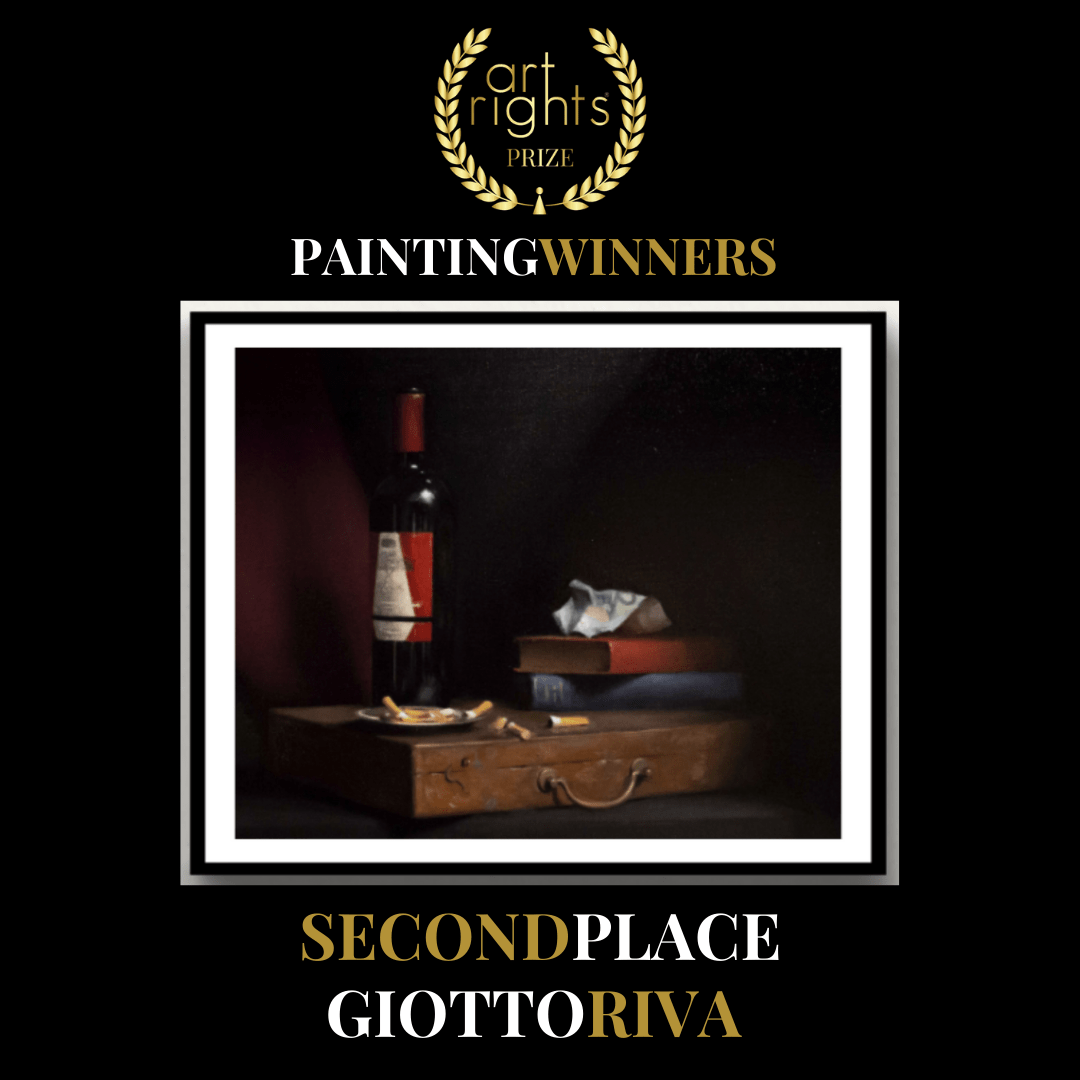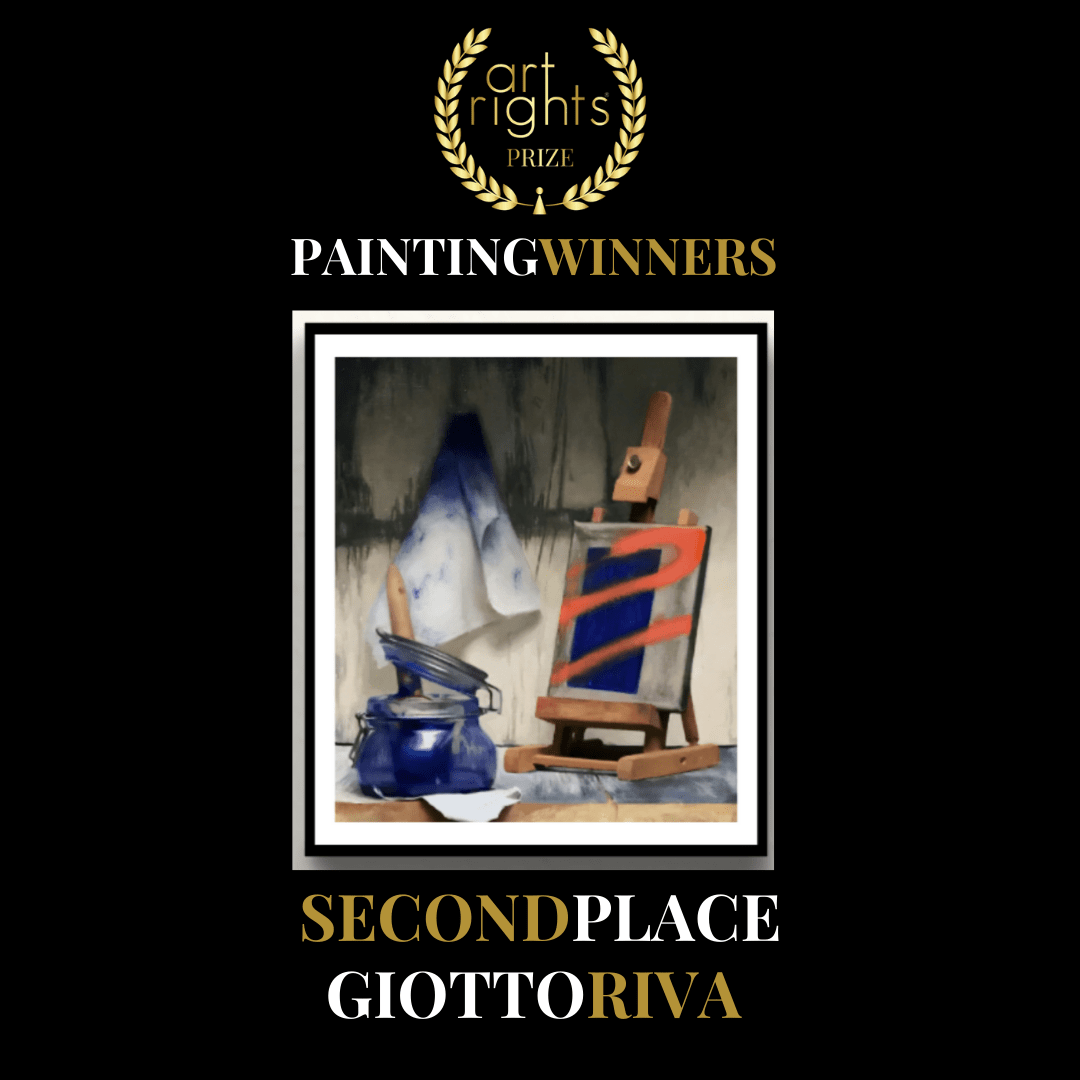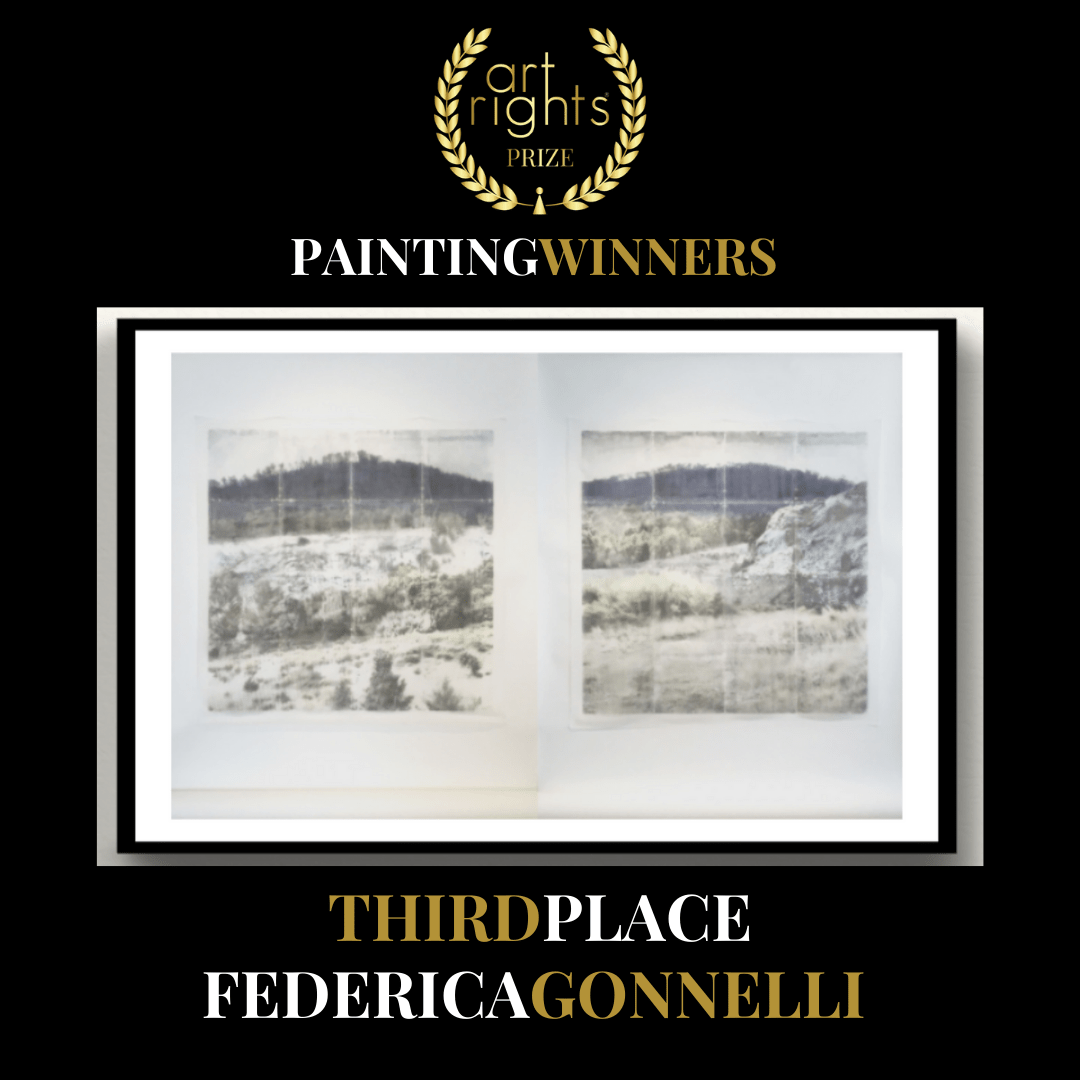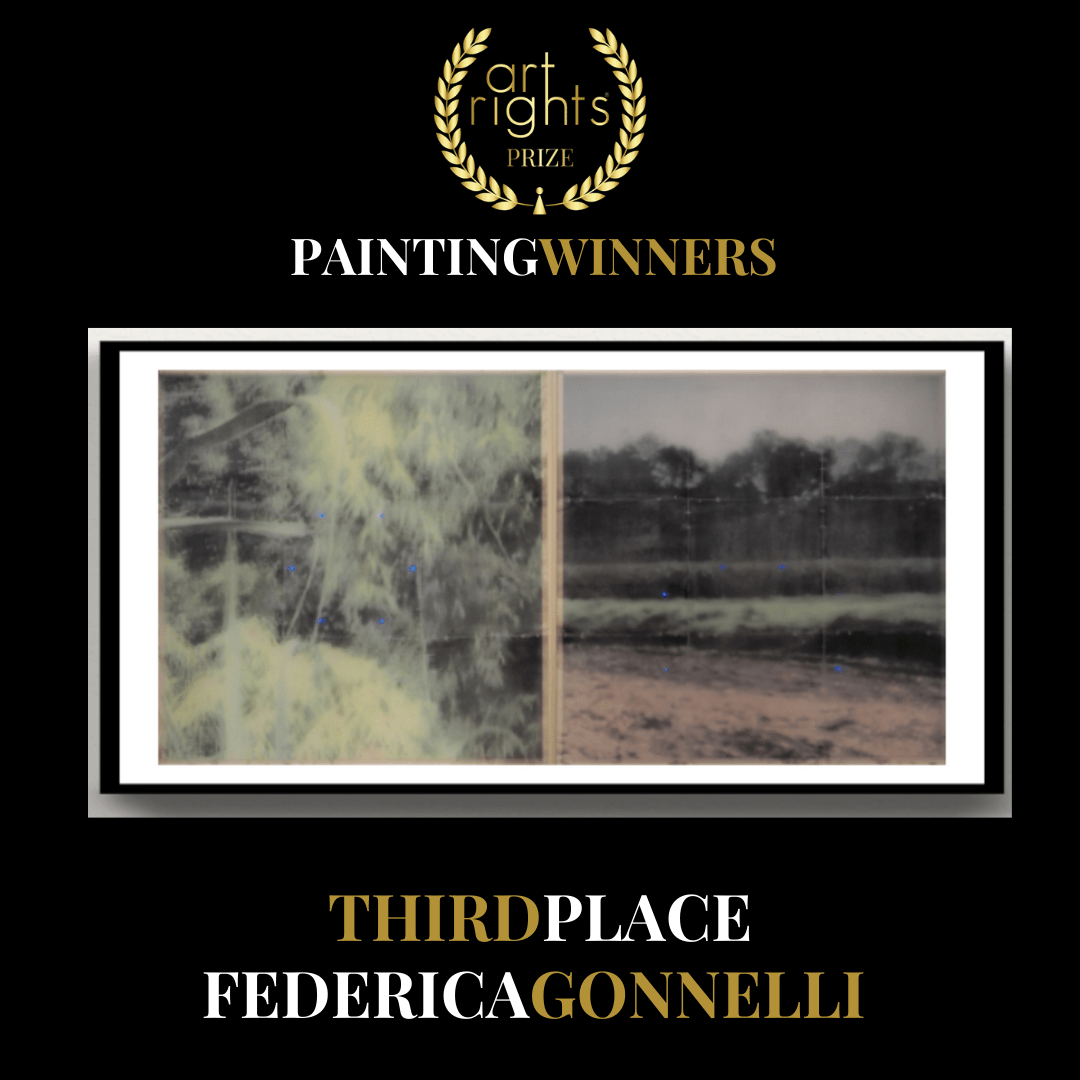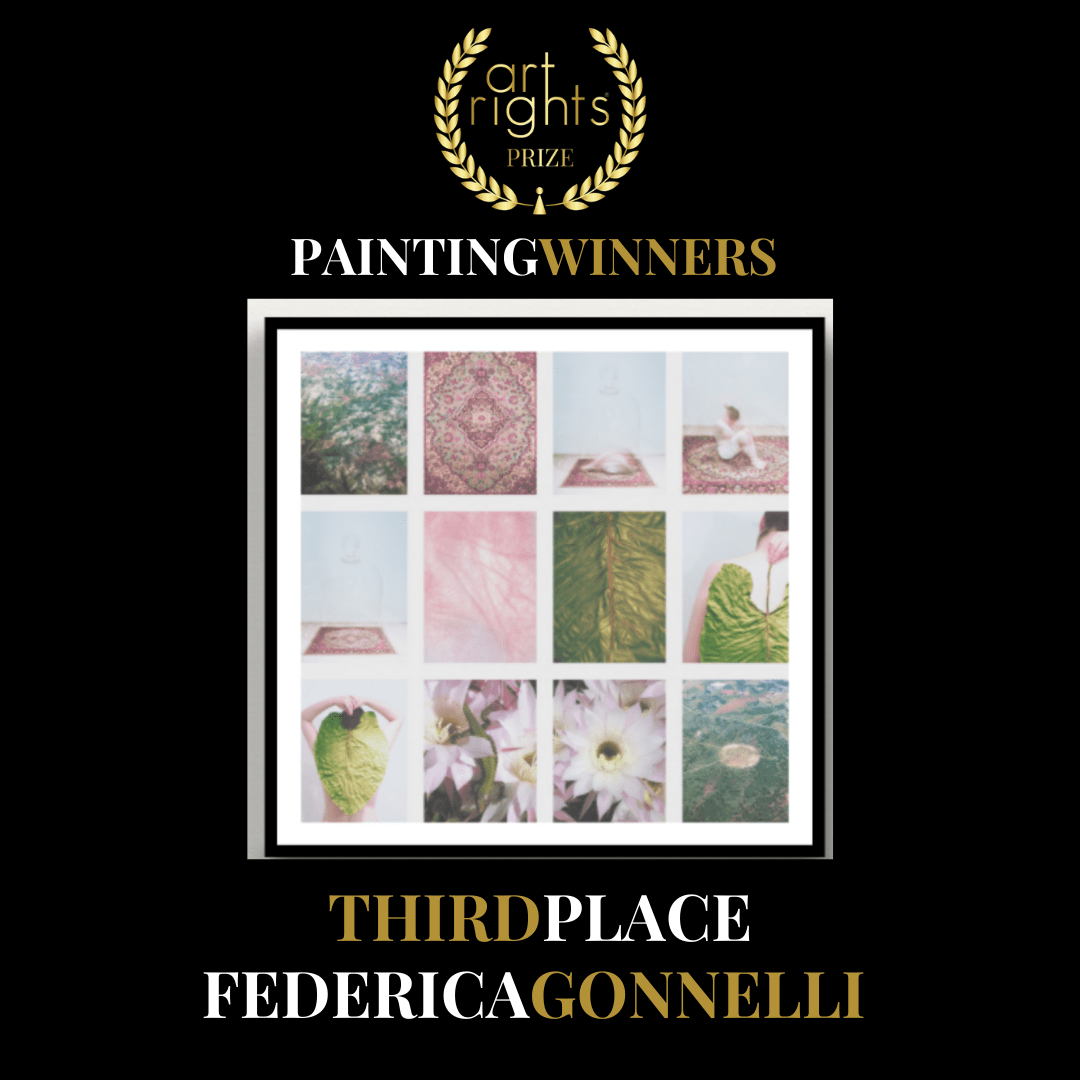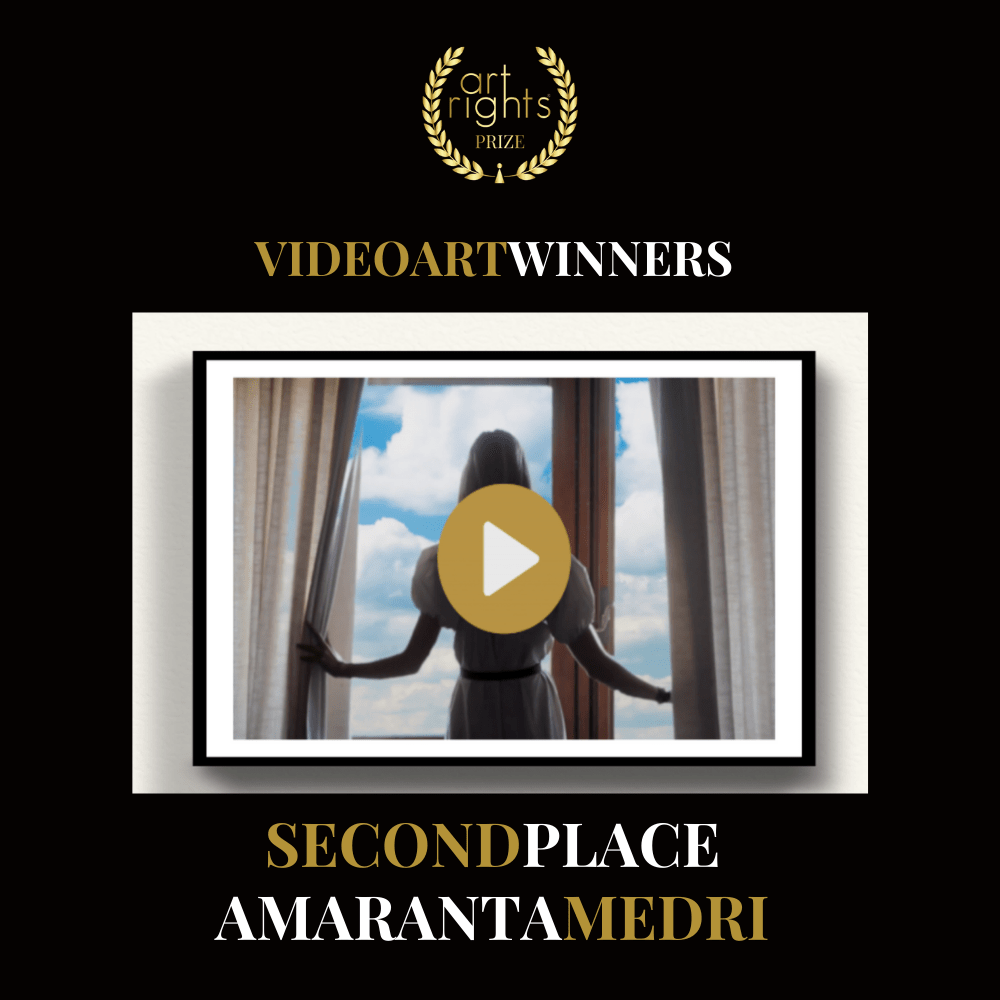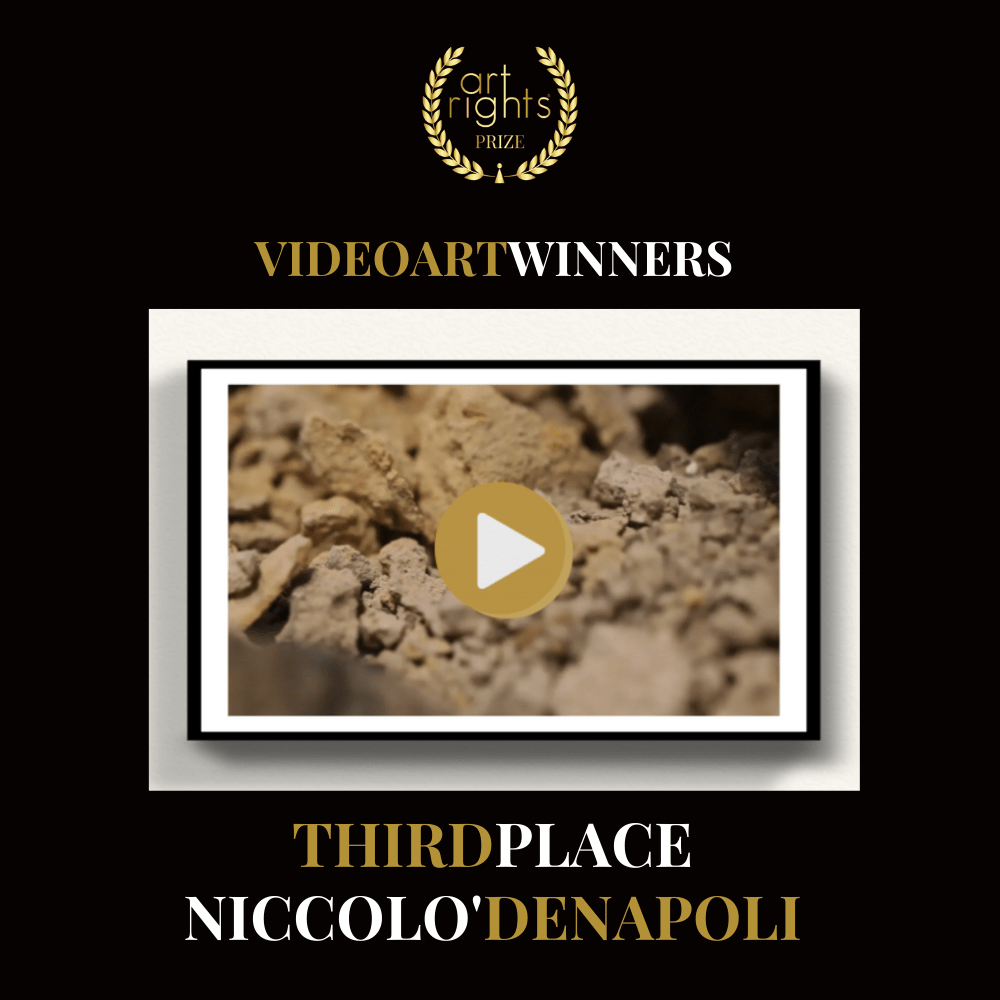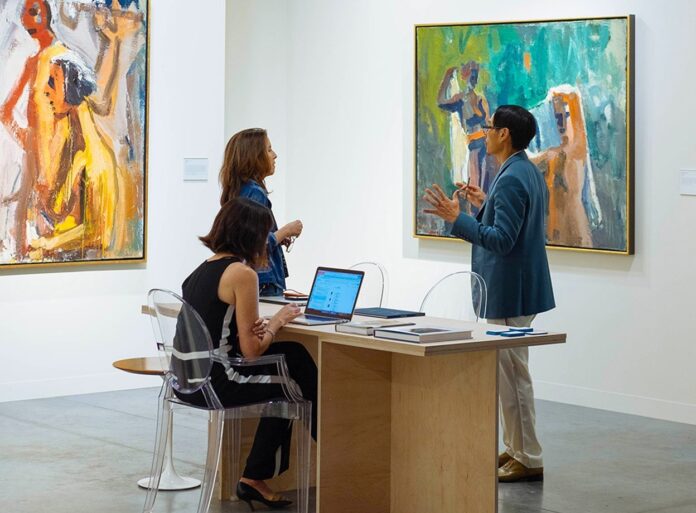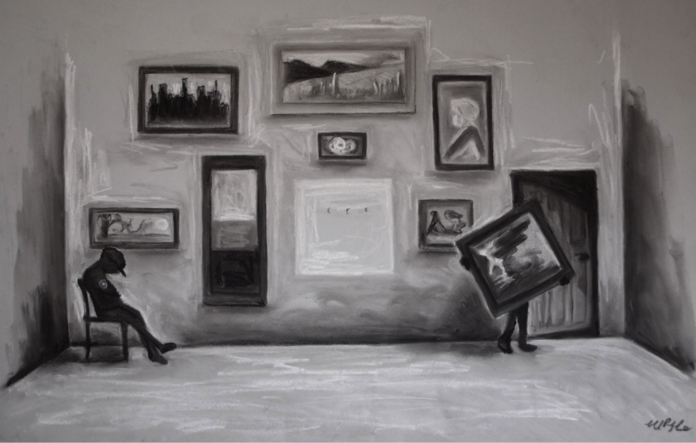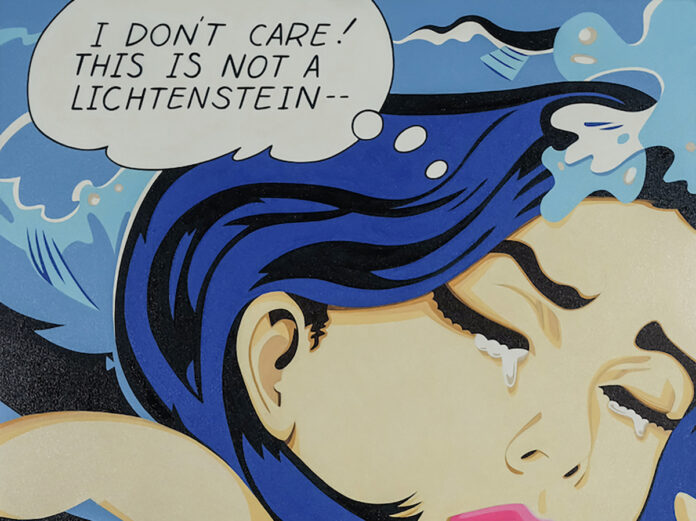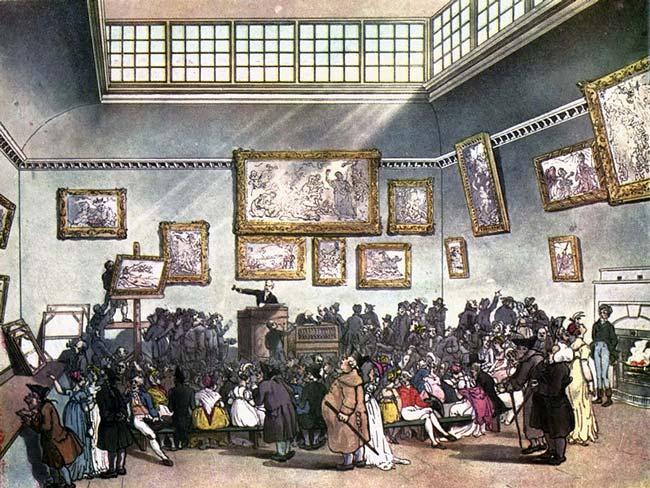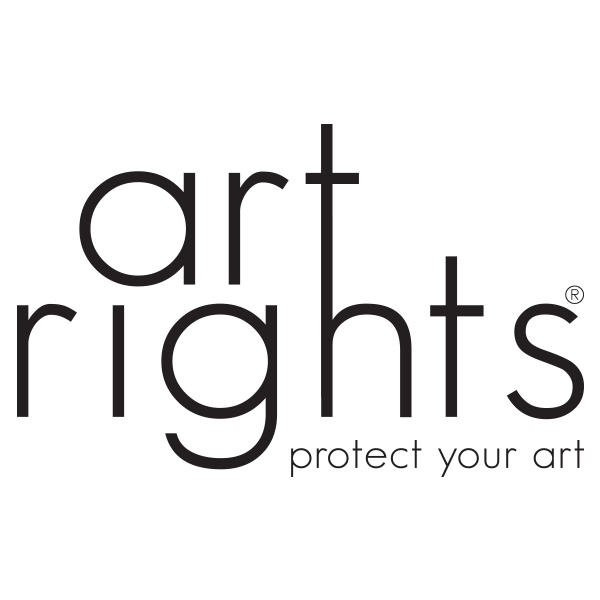The Pinault Collection arrives in Paris
The Bourse de Commerce in Paris will host the new headquarters of the Pinault Collection. Let’s find it out together!
The countdown for the opening of the Pinault Collection at the Bourse de Commerce in Paris has begun.
Unexpected pandemics permitting, you can mark the date of the opening on your agenda which will be January 23, 2021.
The Bourse de Commerce will be the first museum in the French capital exclusively dedicated to contemporary art to exhibit a private collection, in this case that of the collector François Pinault, founder of the Kering group.
Designed by the studio of the Japanese architect Tadao Ando, the new headquarters will see the light, after four years of work and restoration, just a stone’s throw from the Louvre, along the Ville Lumiere.
The architectural and museographic project was carried out respecting the structure and history of the building: the Bourse de Commerce is in fact a monument born on the remains of the residence of Caterina de ‘Medici in the sixteenth century and later became the seat of the Paris Chamber of Commerce .
The Collection will consist of over ten thousand works created by almost 380 artists, representing every continent and from different generations.
The works will occupy an exhibition area of 6,800 square meters, according to thematic and monographic nuclei, with focuses dedicated to the most important artists of the collection.
Among the works included are paintings, sculptures, videos, photographs, sound tracks, installations and performances dating from the 1960s to the present day.
The vast collection will be presented through a permanent exhibition and a succession of annual temporary exhibitions; site specific projects and a rich cultural and educational program have also been announced.
There will also be a 284-seat auditorium that will host conferences, meetings, screenings, concerts and events of various kinds.
After the Venetian museums of Palazzo Grassi and Punta della Dogana, the Bourse de Commerce represents yet another piece of the huge project of promotion, support and enhancement of contemporary art undertaken by François Pinault starting in 2006.
“Thanks to the opening of a new location for my collection, at the Bourse de Commerce, in the heart of Paris”, said François Pinault, “a new stage has been accomplished in the implementation of my cultural project: sharing my passion for the art of my time with the largest number of people possible “.
Even for a large institutional collection, it is always a good idea to fill out an archive in which documents and all information relating to the life of the work are kept.
Today, even the major institutions can rely on professionals and new technologies which, such as the Art Rights platform for the management and certification of works of art, make it possible to create digital archives that are always ordered and updated.
And you, are you ready to discover the Pinault collection in Paris?
Photo Credits: Bourse de Commerce di Parigi

